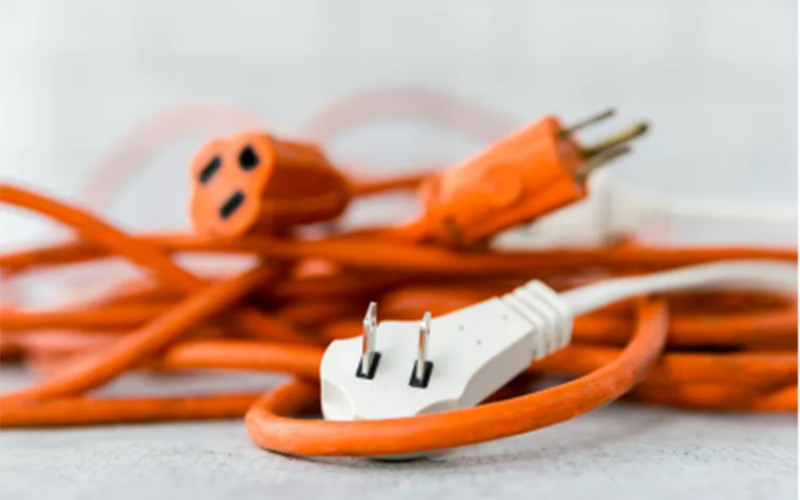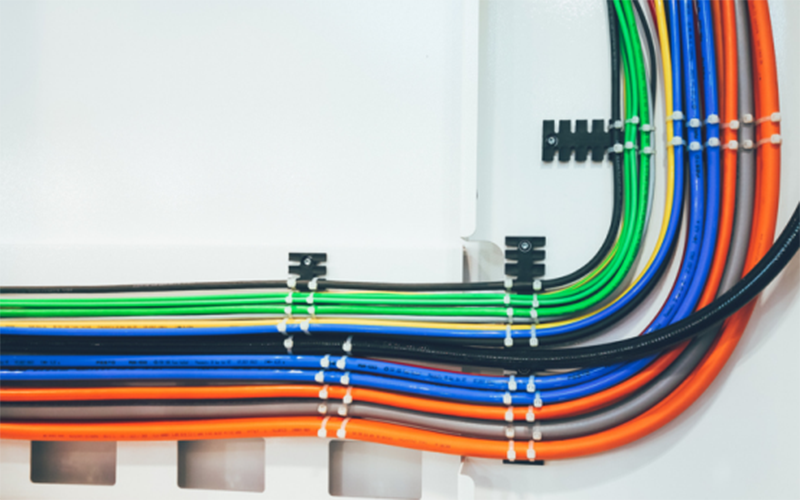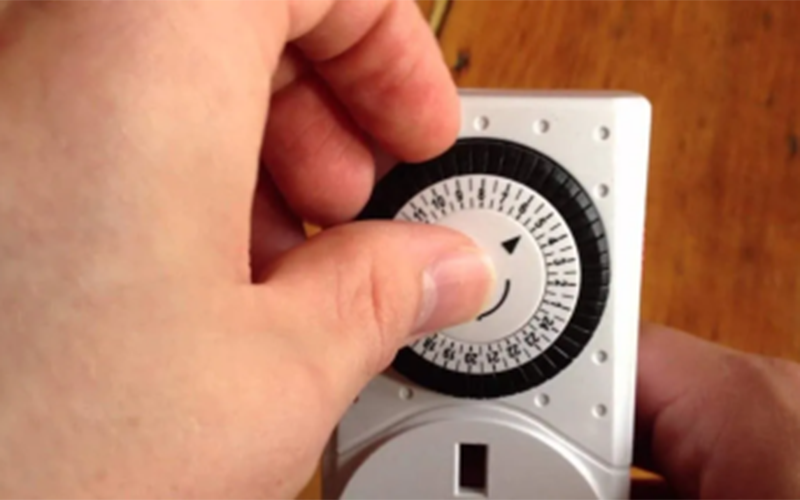Extension cords are essential for extending electrical reach in your home or workshop, especially when cords on lamps, appliances, or tools are too short. While people have several on hand, it’s important to recognize that not all extension cords are the same. The size and amperage are key to ensuring safety and preventing overheating.
Understanding Extension Cord Ratings
Extension cords are rated based on their amperage and wattage capacity, determined by wire gauge. The amperage rating is usually listed on a tag, though it may not always be visible. When choosing a cord, consider the power needs (wattage and amperage) of the device you plan to use. A 16-gauge cord is fine for basic household electronics like lamps and TVs, but devices with motors or those generating heat require heavier-duty cords to prevent overheating.
Choosing the Right Cord for the Load
Longer extension cords have higher electrical resistance, increasing the risk of overheating if the cord is too thin for the job. For example, a 5-foot heavy-duty cord for a table saw may be fine, but a 50-foot cord with the same gauge may not handle the load properly. For runs longer than 50 feet, opt for a thicker gauge to handle the increased resistance and voltage drop. Extension cords should be rated for at least the power requirements of the device, ideally with a slightly higher rating for safety. Standard cords work well for runs of 50 feet or less, but for longer distances, a thicker cord is essential.
Color and Usage
Cord colors are primarily for aesthetics and don't indicate power capacity. Bright yellow or orange cords are often heavier and used in rugged environments like construction sites, while black or white cords are common in homes. Regardless of color, always check the gauge and amperage rating to ensure the cord can handle the task. By selecting the right extension cord based on the power requirements of your devices, you can ensure safe, efficient operation and reduce the risk of overheating or electrical hazards.



 English
English 中文简体
中文简体














 NO.565,South of Xihuan Rd,Yuyao City Zhejiang China.
NO.565,South of Xihuan Rd,Yuyao City Zhejiang China. 0086-574-62599999/62593088
0086-574-62599999/62593088 0086-574-62598888
0086-574-62598888 ryan.yu@nbwell.com
ryan.yu@nbwell.com

